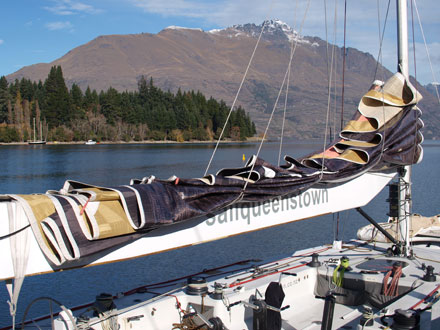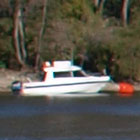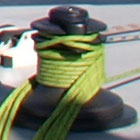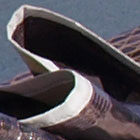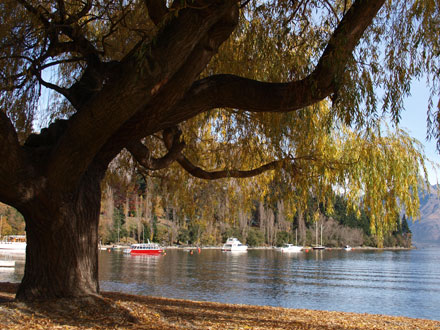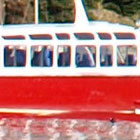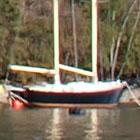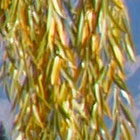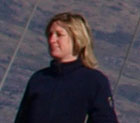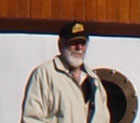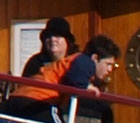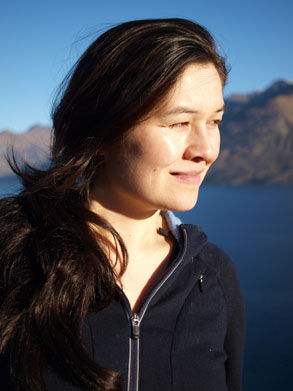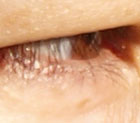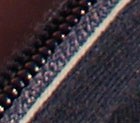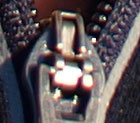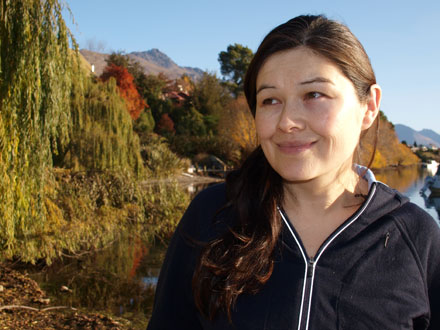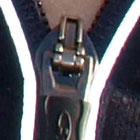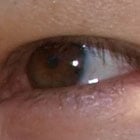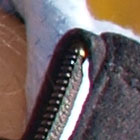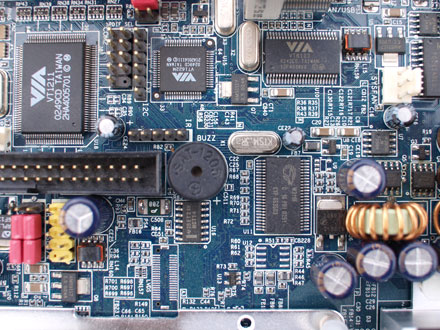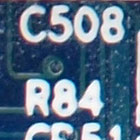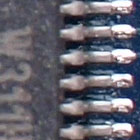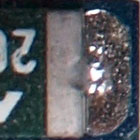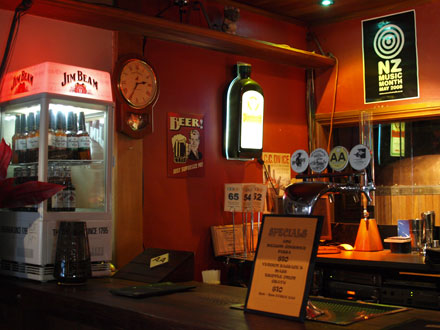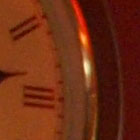Olympus Zuiko Digital 25mm 1:2.8 ‘pancake’
-
-
Written by Gordon Laing
Samples
Finally, here’s an indoor shot, taken with the E-420 at 800 ISO. Normally even at 800 ISO, the dim interior here results in slow shutter speeds which really need stabilisation to avoid camera-shake.Sadly neither the E-420 nor the 25mm lens have anti-shake, but the relatively bright f2.8 aperture has gathered sufficient light to allow a faster shutter speed of 1/30. This in turn has eliminated any camera shake. | ||||||||||||||||||||||||||||||||||||||||||||||||||||||||||||||||||||||||||||||||||||||||||||||||||||||||||||||||||||||||||||||||||||||||||
The following images were taken with the Olympus Zuiko Digital 25mm pancake lens fitted onto an Olympus E-420 body. The E-420 was set to Large Fine JPEG quality, Auto White Balance, ESP metering and the Natural Picture Mode with Normal Graduation; Noise Reduction and the Noise Filter were set to their ON and STD settings respectively.
The individual exposure mode, file sizes, shutter speeds, aperture, ISO and lens focal length are listed for each image.
The crops are taken from the original files, reproduced at 100% and saved in Adobe Photoshop CS2 as JPEGs with the default Very High quality preset, while the resized images were made in Photoshop CS2 and saved with the default High quality preset.
The three crops are typically taken from far left, central and far right portions of each image.
Finally, here’s an indoor shot, taken with the E-420 at 800 ISO. Normally even at 800 ISO, the dim interior here results in slow shutter speeds which really need stabilisation to avoid camera-shake.Sadly neither the E-420 nor the 25mm lens have anti-shake, but the relatively bright f2.8 aperture has gathered sufficient light to allow a faster shutter speed of 1/30. This in turn has eliminated any camera shake. This brighter focal ratio is a key advantage of a fixed focal length lens like the 25mm pancake over a typical kit zoom.
| ||||||||||||||||||||||||||||||||||||||||||||||||||||||||||||||||||||||||||||||||||||||||||||||||||||||||||||||||||||||||||||||||||||||||||
The following images were taken with the Olympus Zuiko Digital 25mm pancake lens fitted onto an Olympus E-420 body. The E-420 was set to Large Fine JPEG quality, Auto White Balance, ESP metering and the Natural Picture Mode with Normal Graduation; Noise Reduction and the Noise Filter were set to their ON and STD settings respectively.
The individual exposure mode, file sizes, shutter speeds, aperture, ISO and lens focal length are listed for each image.
The crops are taken from the original files, reproduced at 100% and saved in Adobe Photoshop CS2 as JPEGs with the default Very High quality preset, while the resized images were made in Photoshop CS2 and saved with the default High quality preset.
The three crops are typically taken from far left, central and far right portions of each image.
